Question And Answer
Publications
Articles, publications, books, tools and multimedia features from the U.S. Institute of Peace provide the latest news, analysis, research findings, practitioner guides and reports, all related to the conflict zones and issues that are at the center of the Institute’s work to prevent and reduce violent conflict.
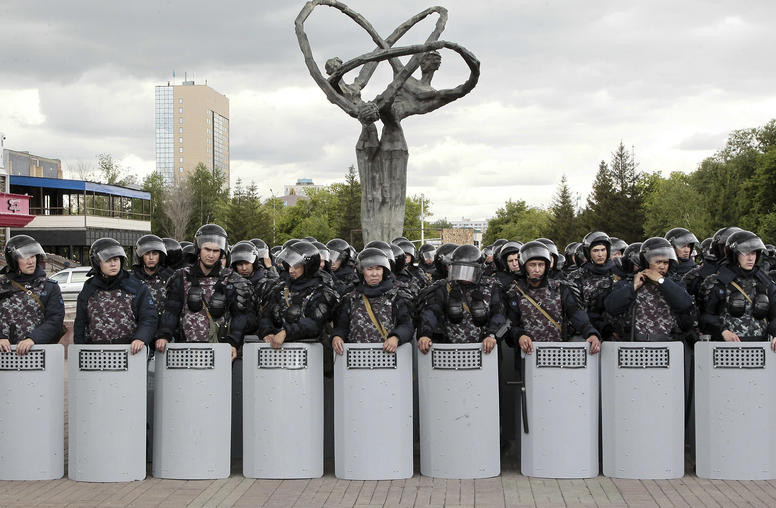
Understanding Organized Crime and Violence in Central Asia
The influence of organized crime on governance and the rule of law in Central Asia has long been recognized, but its role in violence is less broadly understood. Looking at conflicts in Kyrgyzstan, Kazakhstan, and Tajikistan, this report examines the ways that organized criminal actors exploit popular mobilization (such as protests) and weaken state controls in episodes of violence. Recommendations for governments, international agencies, and civil society groups draw from expert interviews and research to address the range of organized criminal motives and circumstances.
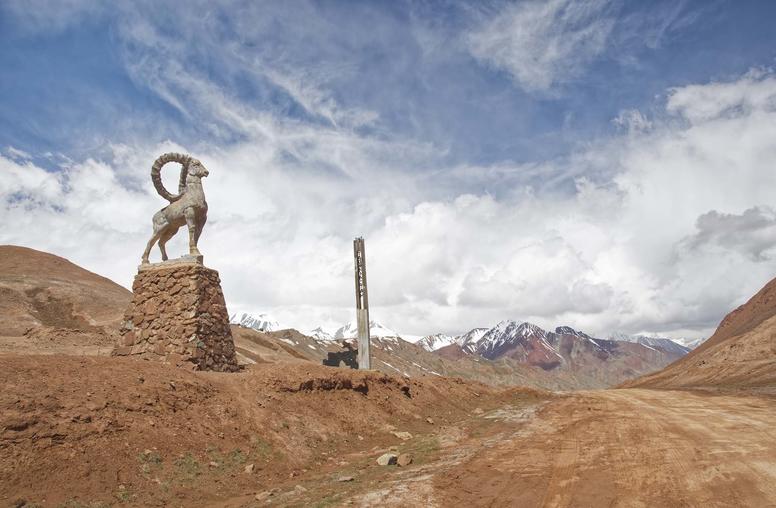
Border Clash Between Kyrgyzstan and Tajikistan Risks Spinning Out of Control
A dispute over irrigation water triggered a clash between Kyrgyzstan and Tajikistan last week that quickly spread along the border, resulting in the death of more than 40 people and displacing 30,000 on the Kyrgyz side — the worst such incident in the region since the collapse of the Soviet Union. While such flare-ups, albeit less deadly, are a regular occurrence in the region, this time the situation could get out of hand as the leaders of both countries are incentivized to stoke a crisis that distracts from the domestic unrest caused by their mismanagement of the COVID-19 pandemic.
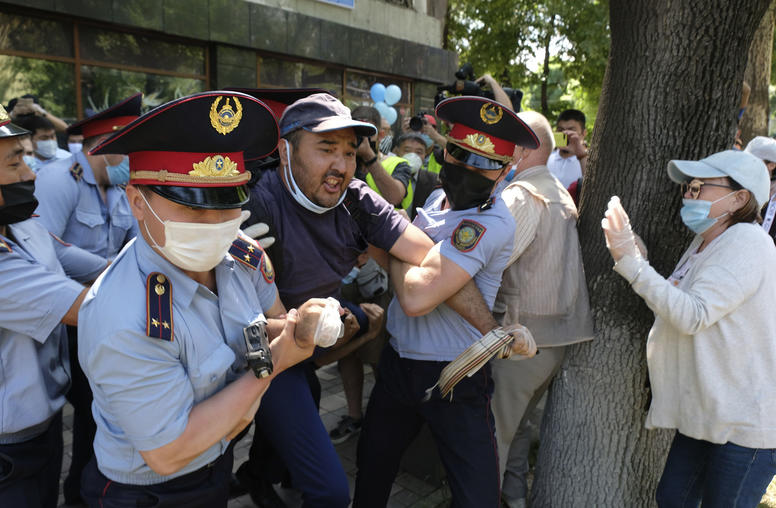
Looking for Trouble: Sources of Violent Conflict in Central Asia
This report offers a road map for understanding the most likely sources of violent conflict in the post-Soviet nations of Central Asia—ethno-nationalism and nativism, Islam and secularism, water resources and climate change, and labor migration and economic conflict. The analysis draws from emerging trends in the region and identifies the ways in which Central Asia’s geography and cultural place in the world interact with those trends. It suggests that the policy goals of the United States, Russia, and China in the region may be more compatible than is often assumed.
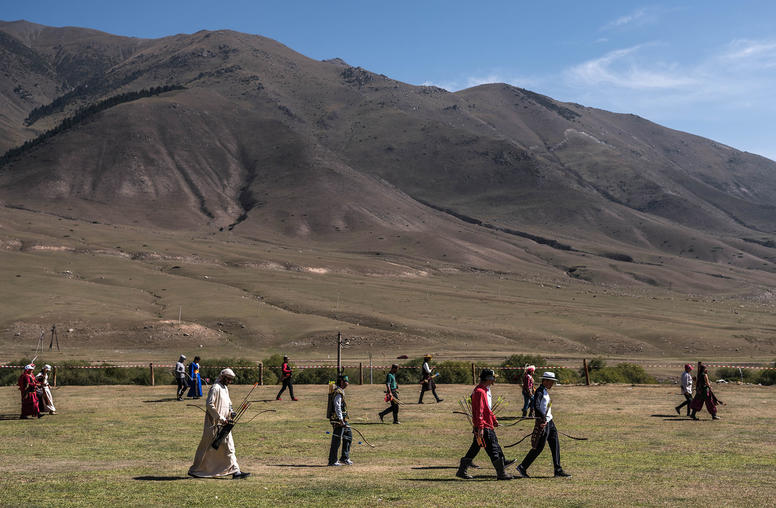
Central Asia and Coronavirus: When Being Nomadic Isn’t Enough
“Do you know how nomads prevent conflict?” a Kazakh friend once asked me. “I turn this way; you turn the other way. We start walking.” In ordinary times in Central Asia, this traditional “social distancing” may be enough to avert friction. But in a time of pandemic, it isn’t. Like elsewhere, the novel coronavirus is challenging Central Asian states and societies in new ways and revealing a great deal about the character of peoples and their governments. Here’s a look across the region at how the crisis has affected its states and how leaders have responded.
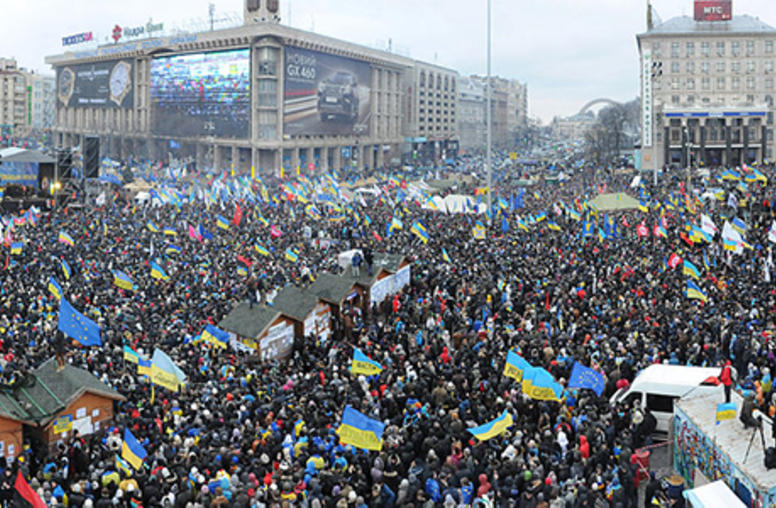
Ukraine-Russia Conflict Colors View of Civic Roles in Central Asia
Ukraine and the countries of Central Asia wouldn’t seem to have much in common other than their former Soviet past. But post-Soviet Russian ambitions may be linking them in unexpected ways. The outcome of Ukraine’s current effort to consolidate its democracy, against Russia’s resistance, has ramifications for whether the Central Asian countries view civil society and democracy as a driver of instability or a force for reform.
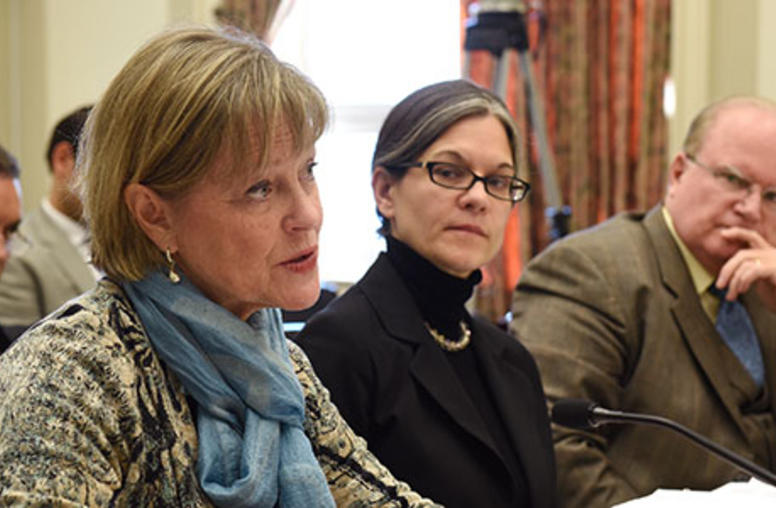
Water Sharing Conflicts and the Threat to International Peace
Dr. Kathleen Kuehnast, director of the Center for Gender and Peacebuilding at the U.S. Institute of Peace, testifies before a House Foreign Affairs Subcommittee on Europe, Eurasia and Emerging Threats hearing on “Water Sharing Conflicts and the Threat to International Peace.”
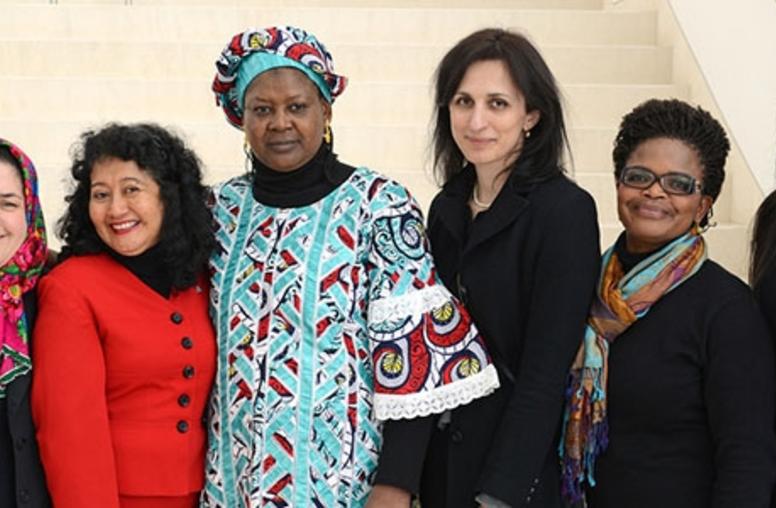
'Women of Courage' Awardees Challenge Social Norms Head On
Roshika Deo’s announcement that she would run in her country’s first election since a military coup eight years ago drew vicious condemnation on social media – racist and homophobic comments, threats of rape. Her story hails from the South Pacific island nation of Fiji, but it reflects the kinds of attacks, verbal and physical, also faced by her fellow recipients of the U.S. State Department’s International Women of Courage Awards this year.
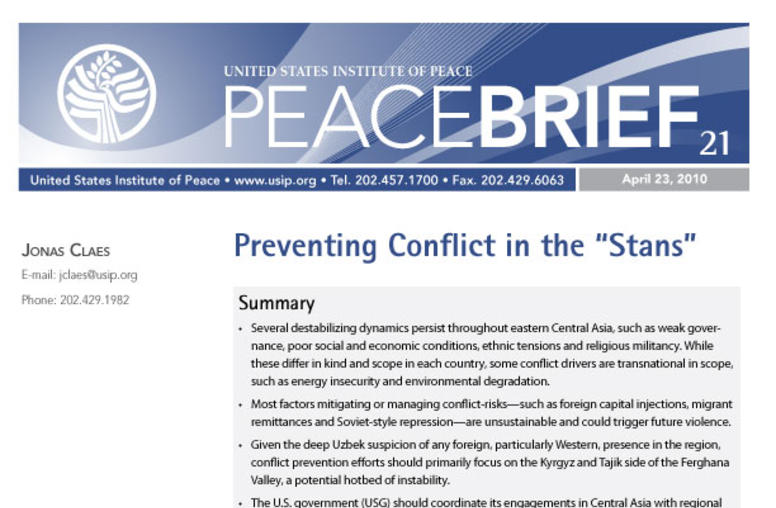
Preventing Conflict in the "Stans"
Several destabilizing dynamics persist throughout eastern Central Asia, such as weak governance, poor social and economic conditions, ethnic tensions and religious militancy. While these differ in kind and scope in each country, some conflict drivers are transnational in scope, such as energy insecurity and environmental degradation.
Peace Agreements: Tajikistan
General Agreement on the Establishment of Peace and National Accord in Tajikistan (06-27-1997) Posted by USIP Library on: April, 9 2002 Source Name: Text e-mailed from the United Nations Information Centre, Washington, D.C. Source Document Number: U.N. Doc. No. A/52/219 Date e-mailed: February 24, 2000 The Moscow Declaration (06-27-1997) Posted by USIP Library on: April 9, 2002 Source Name: Text e-mailed from the United Nations Information Centre, Washington, D.C. Source...
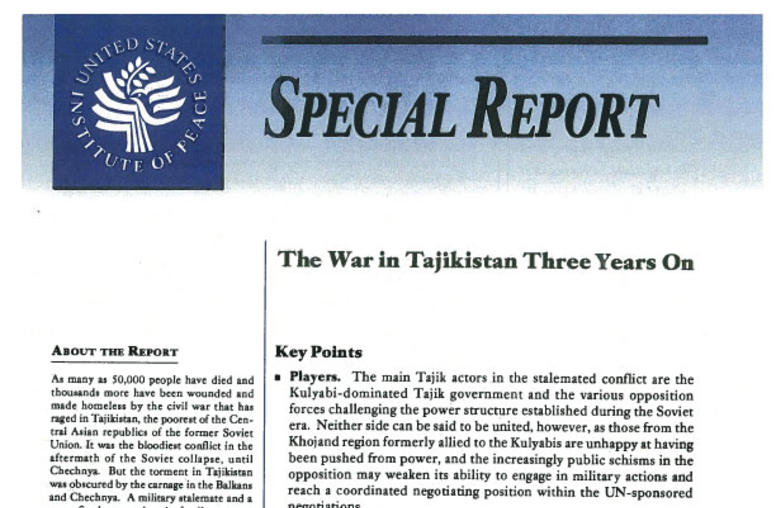
The War in Tajikistan Three Years On
As many as 50,000 people have died and thousands more have been wounded and made homeless by the civil war that has raged in Tajikistan, the poorest of the Central Asian republics of the former Soviet Union. On June 6, 1995 the United States Institute of Peace organized a forum on the Tajikistan conflict to explore prospects for negotiations and an end to the war. It included Ambassador Stanley T. Escudero, who had recently completed three years as the chief U.S. representative in the Tajik ...